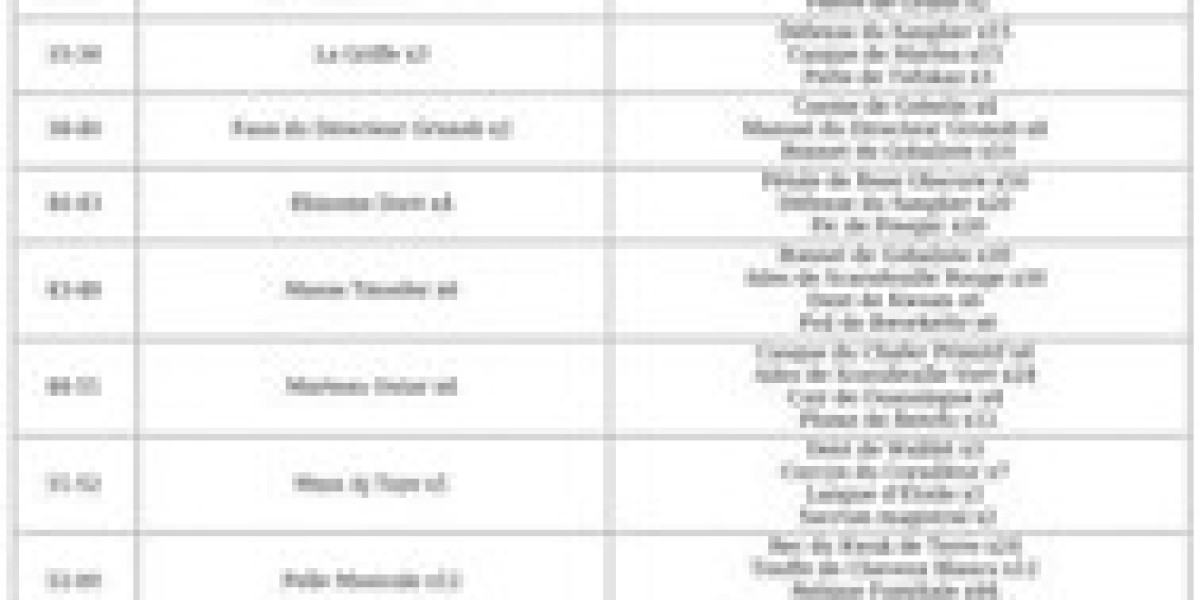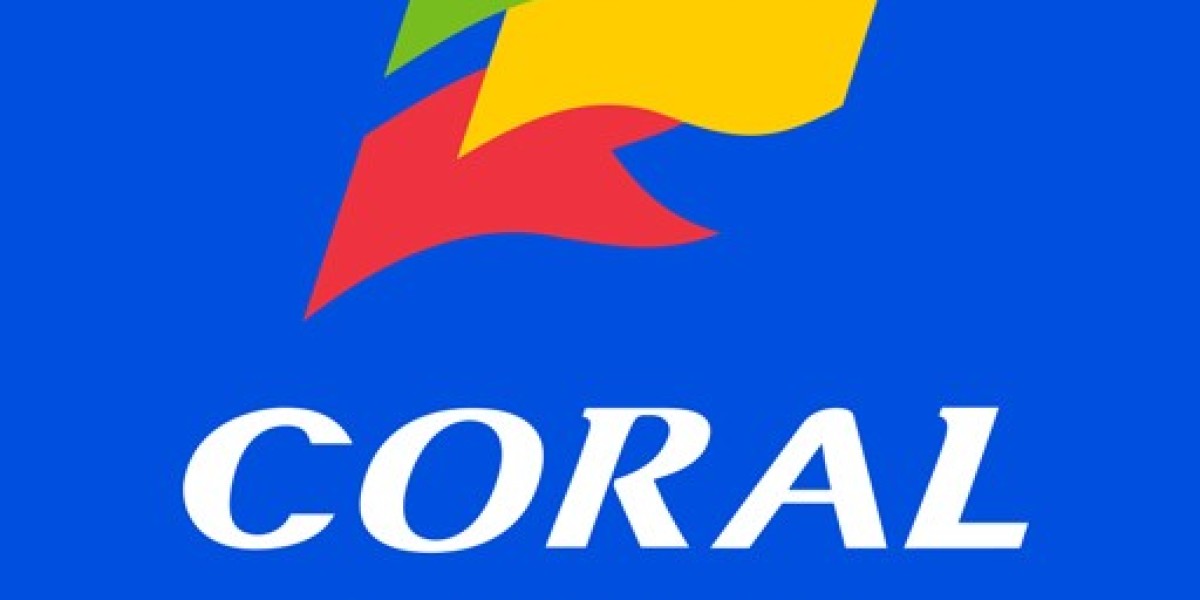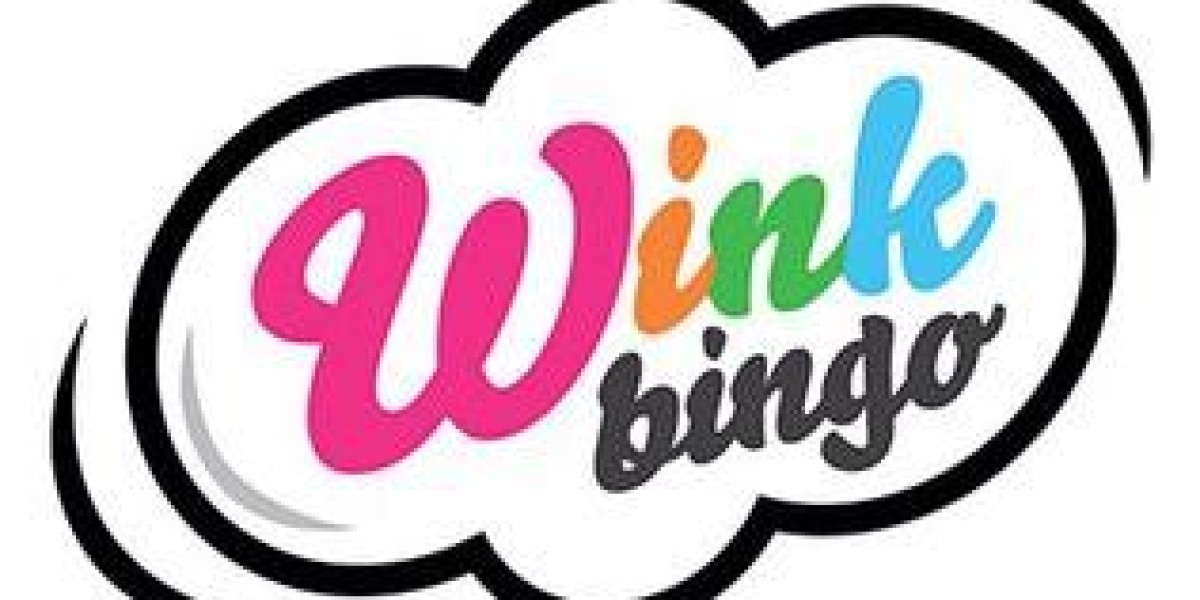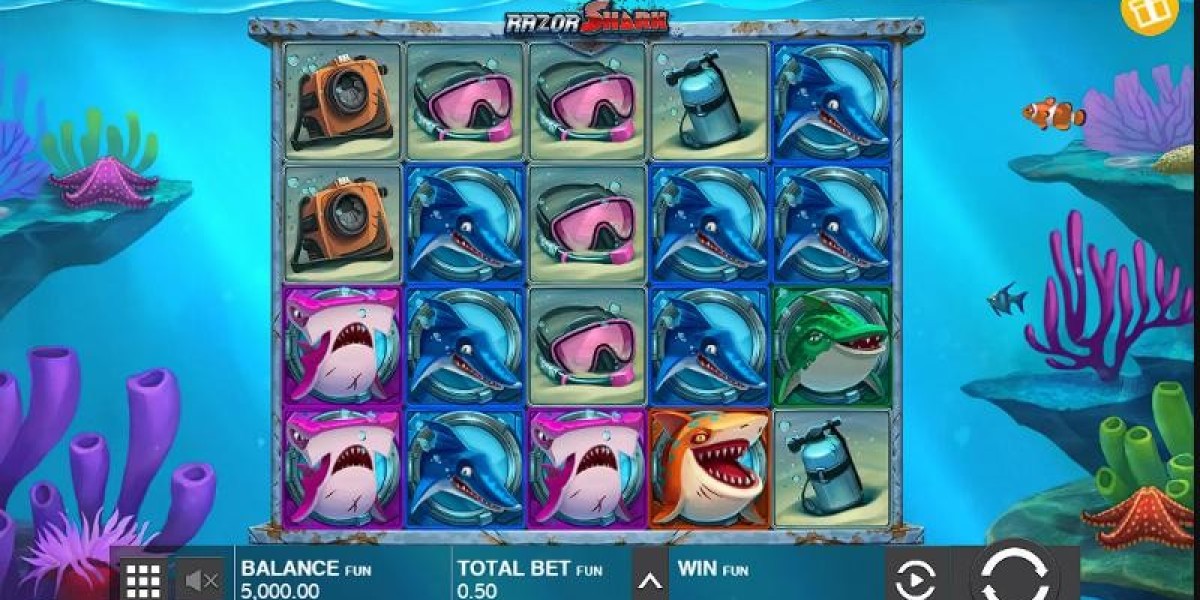A formal Emotional Intelligence Market Competitive Analysis, using the structured framework of Porter's Five Forces, reveals a unique professional services market with a complex and challenging competitive structure. The market is defined by a high degree of rivalry from a very fragmented base of providers, a significant threat from "do-it-yourself" substitutes, and a powerful dynamic with the suppliers of the core intellectual property. Understanding these deep structural forces is essential for any company or consultant to formulate a sustainable strategy in this space. The market's steady and sustained growth makes it an attractive field to enter. The Emotional Intelligence Market size is projected to grow USD 16.76 Billion by 2035, exhibiting a CAGR of 8.48% during the forecast period 2025-2035. However, a structural analysis shows that while the demand is strong, profitability is constrained by powerful competitive forces, and long-term success requires a clear and defensible source of differentiation.
The rivalry among existing competitors is extremely high. The market is highly fragmented, with a few large global training companies, a number of specialized boutique firms, and hundreds of thousands of individual executive coaches and consultants all competing for the corporate training and development budget. This leads to intense competition, not just on price, but on brand reputation, the perceived quality of the facilitator, and the uniqueness of the training methodology. The threat of new entrants is also very high, at least at the individual consultant level. The barrier to entry for an individual with an HR or psychology background to brand themselves as an "emotional intelligence coach" is very low, leading to a constant influx of new, small-scale competitors. However, the barrier to entry to compete as a major, credible assessment provider with a scientifically validated tool is extremely high, protecting the position of the few established assessment bodies.
The other forces in the model highlight the significant pressures on the industry. The bargaining power of buyers (the corporations) is high. They have a vast array of providers to choose from, and they can demand a clear return on investment and evidence that the training will lead to tangible improvements in performance. The bargaining power of suppliers is uniquely high and is a key feature of the industry. The primary "suppliers" are the organizations that own the major, scientifically validated EI assessment models and certifications. These organizations have immense power, as a huge portion of the coaching and training industry is built on top of their proprietary tools. They can dictate the price of their assessments and the terms of their certification programs. The other key suppliers are the "star" thought leaders and authors in the field, whose personal brands are a major draw. Finally, the threat of substitute products or services is very high. The primary substitute for a formal EI training program is a company's decision to do nothing, or to rely on informal, on-the-job mentoring and a manager's own coaching skills. The challenge for the entire industry is to prove that formal EI development delivers a value that these substitutes cannot.
Top Trending Reports -
Unified Communications and Collaboration Market








